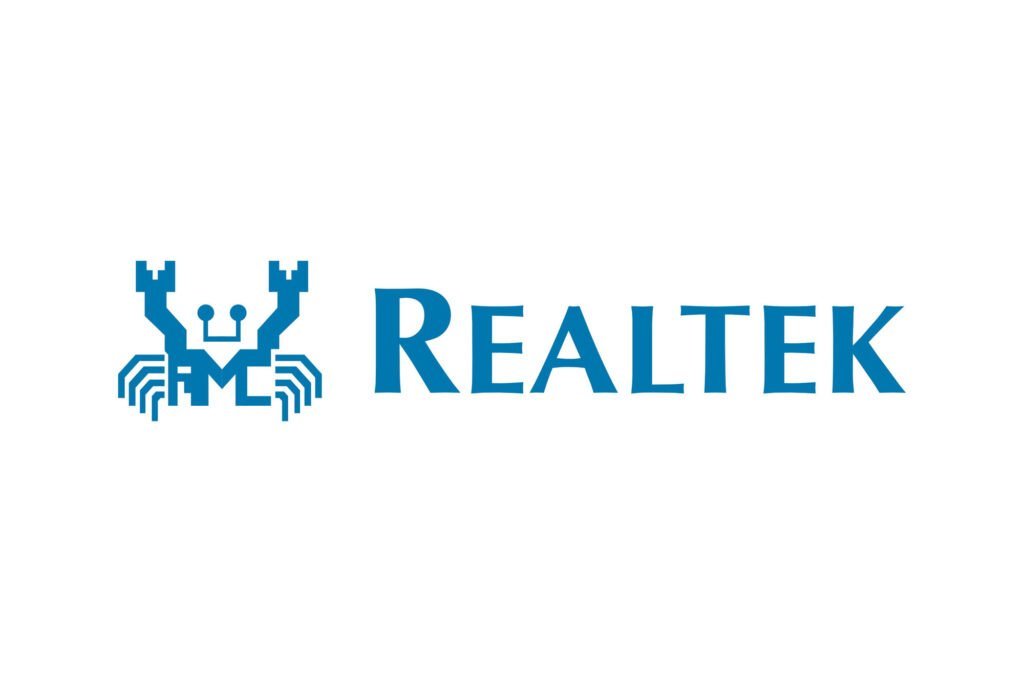Introduction
Having sound problems on your computer can be frustrating, especially when you’re trying to enjoy your favorite music or watch a movie. One common cause of sound issues is outdated or faulty audio drivers. In this blog post, we will guide you through troubleshooting sound problems by updating your audio drivers.
Why Update Audio Drivers?
Audio drivers are software programs that allow your computer’s operating system to communicate with the audio hardware. They play a crucial role in ensuring that sound is produced correctly and without any glitches. Over time, audio drivers can become outdated or incompatible with your system, leading to sound problems such as no sound, distorted audio, or audio cutting out. Updating your audio drivers can help resolve these issues and improve the overall sound quality on your computer.
Identifying Sound Issues
Before updating your audio drivers, it’s important to identify the specific sound issues you’re experiencing. Common sound problems include:
- No sound
- Distorted or crackling audio
- Audio cutting in and out
- Low volume
By understanding the specific problem, you can effectively troubleshoot and find the appropriate solution.
Checking for Updates Audio Driver
The first step in updating your audio drivers is to check for updates from the manufacturer of your sound card or motherboard. Most manufacturers provide driver updates on their websites. Follow these steps to check for updates:
- Identify the make and model of your sound card or motherboard.
- Visit the manufacturer’s website.
- Navigate to the support or downloads section.
- Search for the latest audio driver for your specific make and model.
- Download the driver and save it to your computer.
Once you have downloaded the driver, you can proceed to install it on your computer.
Installing Audio Driver Updates
Installing audio driver updates is a straightforward process. Follow these general steps:
- Locate the downloaded driver file on your computer.
- Double-click the file to begin the installation process.
- Follow the on-screen instructions to complete the installation.
- Restart your computer to apply the changes.
After restarting, check if the sound issues have been resolved. If not, there may be other underlying causes that require further troubleshooting.
Alternative Methods
If updating your audio drivers did not solve the sound problems, there are a few alternative methods you can try:
- Roll back the audio driver to a previous version.
- Uninstall and reinstall the audio driver.
- Check for Windows updates and install any available updates.
- Run a system scan for malware or viruses.
- Consult a professional technician for further assistance.
These methods can help identify and resolve any other issues that may be affecting your computer’s sound.
Frequently Asked Questions (FAQs) about Updating Audio Drivers:
- Q: Why is it important to update audio drivers?
A: Updating audio drivers is crucial because they enable communication between your computer’s operating system and audio hardware, ensuring proper sound production without glitches. Over time, outdated or incompatible drivers can cause various sound issues like no sound, distorted audio, or audio cutting out.
- Q: How do I identify sound issues on my computer?
A: Common sound problems include no sound, distorted or crackling audio, audio cutting in and out, and low volume. Identifying the specific problem helps in troubleshooting effectively and finding the appropriate solution.
- Q: How can I check for updates for my audio drivers?
A: To check for updates, you need to:
- Identify the make and model of your sound card or motherboard.
- Visit the manufacturer’s website and navigate to the support or downloads section.
- Search for the latest audio driver for your specific make and model.
- Download the driver and save it to your computer.
- Q: What are the general steps to install audio driver updates?
A: Installing audio driver updates involves:
- Locating the downloaded driver file on your computer.
- Double-clicking the file to begin the installation process.
- Following the on-screen instructions to complete the installation.
- Restarting your computer to apply the changes.
- Q: What if updating audio drivers doesn’t solve the sound problems?
A: If updating drivers doesn’t work, you can try alternative methods such as rolling back to a previous version, uninstalling and reinstalling the audio driver, checking for Windows updates, running a system scan for malware or viruses, or consulting a professional technician for further assistance. These methods can help identify and resolve any underlying issues affecting your computer’s sound.
Conclusion
Updating your audio drivers is an essential step in troubleshooting sound problems on your computer. By following the steps outlined in this blog post, you can identify sound issues, check for driver updates, and install them to improve your overall sound quality. If the problem persists, consider trying alternative methods or seeking professional assistance. Enjoy your audio experience without any interruptions!
